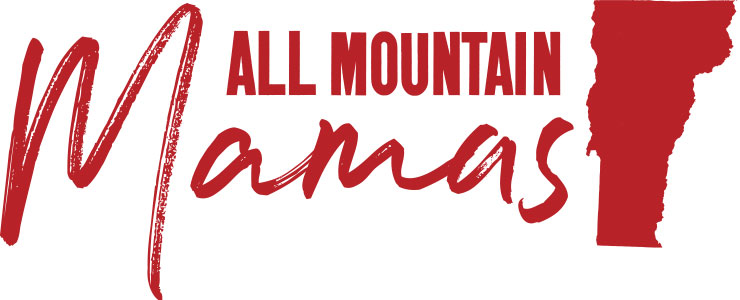
As a kid growing up in Vermont, helmets for snow sports were virtually unheard of. Thankfully today, with a mountain of research behind the movement, helmets are more the norm than exception on the slopes—and for very good reason.
“A concussion is a brain bruise which can lead to temporary impairment and a disturbance of brain function. From a medical standpoint, there is no doubt that wearing a helmet lessons the risk of significant head injury.”
~ Dr. Bryan Huber, head of Orthopaedics at Mansfield Orthopaedics and the team physician for the U.S. Snowboarding Team
Choosing and buying a good helmet for snow sports is really important, especially for kids whose brains are still developing. To get some tips on how to choose the right helmet, I took a trip up to the Burton Flagship Store and spoke to one of their helmet engineers, David Connery. David designs and tests helmets for Burton and he’s also a dad, so he knows that in addition to protecting the head, helmets need to look cool. Here are his tips for choosing a helmet:
- National Standards. Look inside for a sticker labeled ASTM-F2040. This means that the helmet has been tested to the American standard for snow sports by an independent national testing body. In the US, this is a voluntary standard. You may also see EN-1077, which is the European standard. Both ensure that an independent body has tested the helmet.
- Proper Fit. The helmet should fit snugly on the head with the strap off. Have your child shake his or her head yes and no to see how much move around. A little wiggle room is fine, but it shouldn’t flop around on the child’s head.
- Fitting the Chin Strap. The chinstrap should fit snugly around the chin with the mouth wide open.
- Fitting Goggles. The goggles should meet the helmet right at the brim. If there is a lot of forehead exposed, it’s probably not the right fit.
- No Used Helmets. Used helmets are never a good idea. Every impact to the helmet compromises its effectiveness. Even if there is no visible damage, there is no way of knowing if the helmet has already absorbed a good fall (which means it won’t absorb your child’s fall nearly as well).
- Replace Helmets Every 2-3 Years. Not hard to do with growing kids, but again, every impact will compromise the helmet; so over time it’s usefulness will decrease even in the absence of a major fall.
- Invest in a Snow Sport Specific Helmet. Bike and skateboard helmets are tested and certified in a completely different way, and should not be used for snow sports.
All of David’s tips are seconded by PHAT (Protect Your Head At All Times), a Vermont-based non-profit that is backed up by Fletcher Allen Health Care and the Vermont Children’s Hospital. According to their website, “there is zero medical reason to not wear a helmet when participating in these high impact sports.”
Dr. Huber agrees. “Helmets work for skiers and snowboarders. They don’t make you invincible and they won’t completely prevent a concussion, but they will decrease the severity of the injury and prevent lacerations and fractures.”
One note of my own here on choosing the right helmet for your kids—let them pick one out that they think is cool. We adults can talk all about concussions and proper fit, but kids are not going to wear a helmet that makes them feel dorky. My boys are all about Burton and have really cool Anon helmets and goggles that fit well, keep them warm, and protect their noggins.
Since I’m a parent of two risk-taking boys, I spent some additional time talking with Dr. Huber about what to do if one of them does take a good fall. “When in doubt, sit them out,” he advised without hesitation. “When someone hits their head, it can be really difficult to diagnose a concussion, so always err on the side of caution.” Some signs and symptoms to look for:
- Dazed
- Confused
- Forgetful
- Clumsy
- Slowed speech
- Can’t recall events
- Loss of consciousness (which only occurs in 10% of concussions)
- Headache
- Nausea
- Dizziness
- Blurred vision
- Feeling groggy
- Difficulty concentrating
- Sensitive to light
If you suspect that your child might have a concussion, Dr. Huber suggests taking them home to rest and reevaluating them throughout the day. He also recommends keeping kids away from brain stimulating electronics including TV and computer games to allow the brain to rest. If symptoms persist or worsen, definitely call your pediatrician.
Kids fall all the time on the mountain. Heck, I fall all the time while trying to keep up with my boys. After talking with David and Dr. Huber, you can bet I’ve been checking our helmets with a careful eye, and will be making no exceptions to our helmet policy this season!
Enter to win an anon helmet!
A native Vermonter, Emily grew up skiing at Saskadena Six and Mt. Snow, and now lives in Stowe with her husband and two sons. The lone skier in a family of snowboarders, Emily spends her winter between the mountain and the Nordic trails, and still finds fresh snow on a Vermont morning breathtaking.
